
Goldfish have won people’s favor with their bright colors, unique shapes, and beautiful patterns. They have been bred and raised to entertain the noble classes and celebrities since China's Song Dynasty (960-1279). These aquatic animals have an auspicious symbolism, as their genetic name “jinyu” being a homophone for “gold and jade” in the Chinese language, they are always associated with wealth and sufficiency.

Goldfish boast bright colors, unique shapes, and beautiful patterns.
Generations of breeders have dedicated themselves to breeding a rich variety of fish types with distinctive traits, not only to delight the eye, but also to represent the nation's spirit and philosophy.
A goldfish exhibit opened on July 25 at the Prince Kung's Palace Museum.
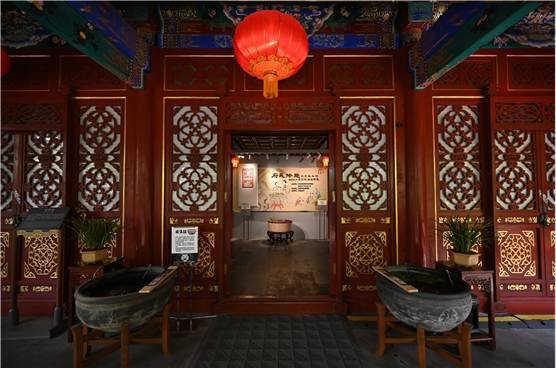
Anshan Hall view, the location of the goldfish exhibit at the museum
Ranchu, Pearl Scale, Ryukin, Black Moor, Oranda, Bubble Eye, and Butterfly Tail... are just a selection of the top ornamental goldfish species from fish farms in nine provinces and cities across the country, including Beijing, who will have a two-week sojourn in the garden of the museum. Bearing different patterns, the adorable creatures are displayed in traditional vessels, such as giant wooden barrels and clay vats, to comply with the lush garden surroundings and pay homage to the refined Chinese lifestyle. Some of them rest in the shade of floating duckweeds, others swim freely and gaily, their fins and tails spreading like wind-blown drapery while stirring the water.
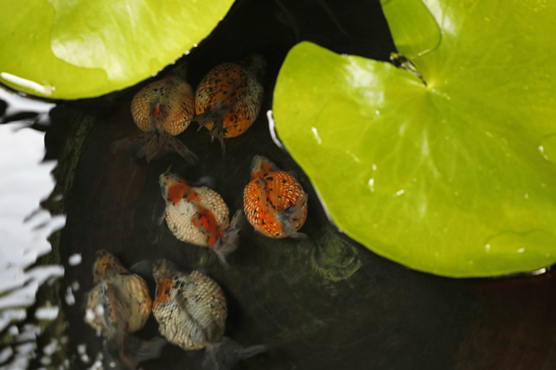
Adorable goldfish of different breeds are on display.
The exhibit is co-organized by the Beijing Aquatic Product Technology Promotion Department, and was made possible by the support from the Beijing fish breeding innovation team and volunteers from the Beijing Fish Keepers Society.
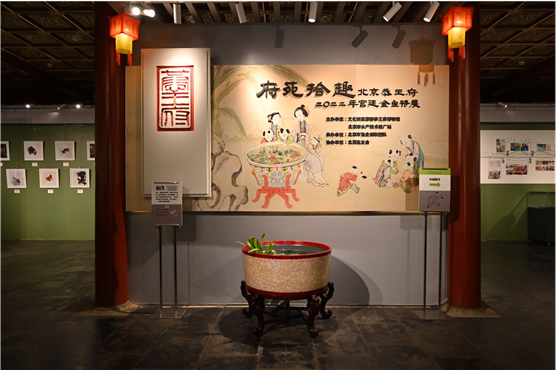
The exhibit is co-organized by the Beijing Aquatic Product Technology Promotion Department.
The department donated 360 koi fish of different varieties that they bred themselves. To provide a healthy habitat for the fish, technicians carefully analyzed the pond water's chemistry and made the necessary improvements before adding the fish.
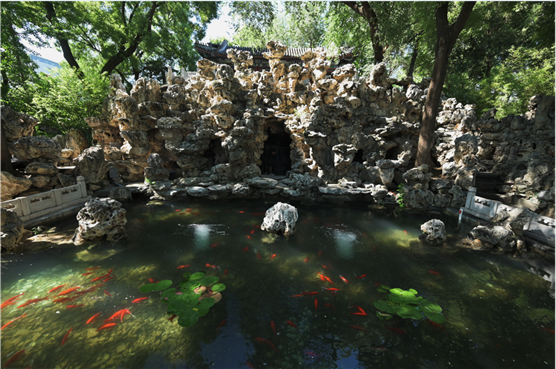
The museum’s pond water is carefully analyzed and improved to provide a healthy habitat for the fish.
Besides the outdoor display, an exhibit on the breeding history and culture of ornamental fish is being held in Anshan Hall by the ponds, showcasing fish-raising tools and archives to outline the history of goldfish breeding in China. Paintings and photographs of prize-winning goldfish are also on display.
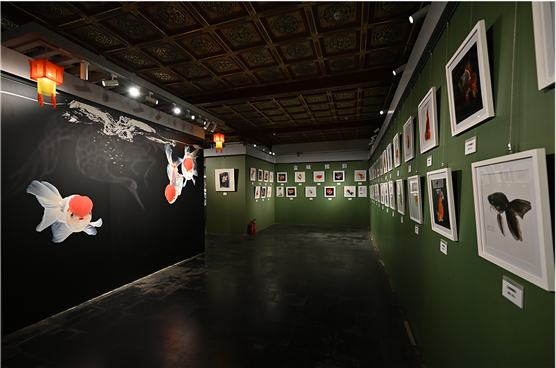
An exhibit on the breeding history and culture of ornamental fish is held in Anshan Hall of the museum.
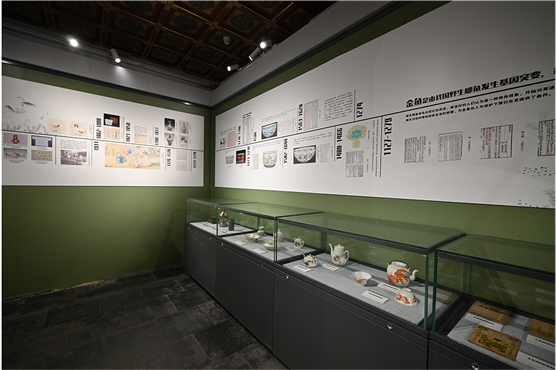
An exhibit on the breeding history and culture of ornamental fish is held in Anshan Hall of the museum.